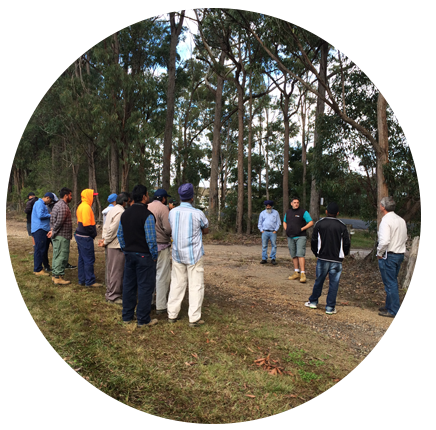Step 6 – Engage growers and community members
Getting growers on board means motivating them to act.
You could:
- highlight direct benefits (fewer fruit fly breakouts in the summer) and indirect benefits (reduction in overall pesticide use and more prosperous local industries and communities) of Qfly management.
- make sure they understand the tools available to them for managing Qfly (such as the support materials).
Other motivators for growers could include:
- realisation that the threat of Qfly is high and imminent
- belief and evidence that undertaking AWM activities will be effective in further suppressing Qfly, beyond what their current practices can achieve
- perceiving AWM as a simple approach that integrates well with their current activities
- feeling competent and well able to implement the activities required for AWM.
Another key strategy might be to provide information to help growers establish and build a successful local AWM group. It is important they understand how to establish, build and maintain self-organising groups that maximise participation and compliance over the longer term. They may also want information on how their AWM group can be more effective in suppressing Qfly in their area (for example, by working with the local council to target Qfly populations in towns).
Local councils also might expand their role in area-wide management by facilitating residents getting involved. Council staff could distribute key materials (such as traps) to homes, to minimise homeowner burden and maximise the likelihood they will take it up. Residents indicate that they often look to their local councils for leadership on issues of public significance, and are likely to welcome council initiatives around managing Qfly.
Check out our engagement tips on getting communities and growers on board. The recommendations were developed from a large social survey researchers conducted.

